Understanding the four elements of cooking will assuredly elevate your cooking to the next level. Let’s face it, can you think of a recipe without salt, fat, acid, or heat??
This post is part of our Basic Cooking Skills series. Each week we will be doing a deep-dive into one basic cooking skill and a brand new recipe to accompany it to practice that newfound skill. Check back throughout the series for updates and new posts.
Please note this post contains affiliate links, which means I receive a small commission, at no extra cost to you, if you make a purchase using the links. Please see my disclosure for more details.
“Salt, Fat, Acid, Heat” by Samin Nosrat

Samin Nosrat is a world-renowned chef and the autho to a superb New York Times Bestselling, James Beard Award-winning cookbook titled Salt, Fat, Acid, Heat: Mastering the Elements of Good Cooking. On her website, Ciao Samin, you can find her amazing resources that she’s created. Also I would 100% recommend checking out the Netflix documentary inspired by the book. You’ll fall in love with Samin just like I did!
All of this information was pulled directly from her site and book, there is no doubt she is the professional and I am just the conduit. I have a lot to learn from her!
what are the elements of cooking?
- Salt – enhances flavor
- Fat – delivers flavor and generates texture
- Acid – balances flavor
- Heat – determines the texture of food
salt
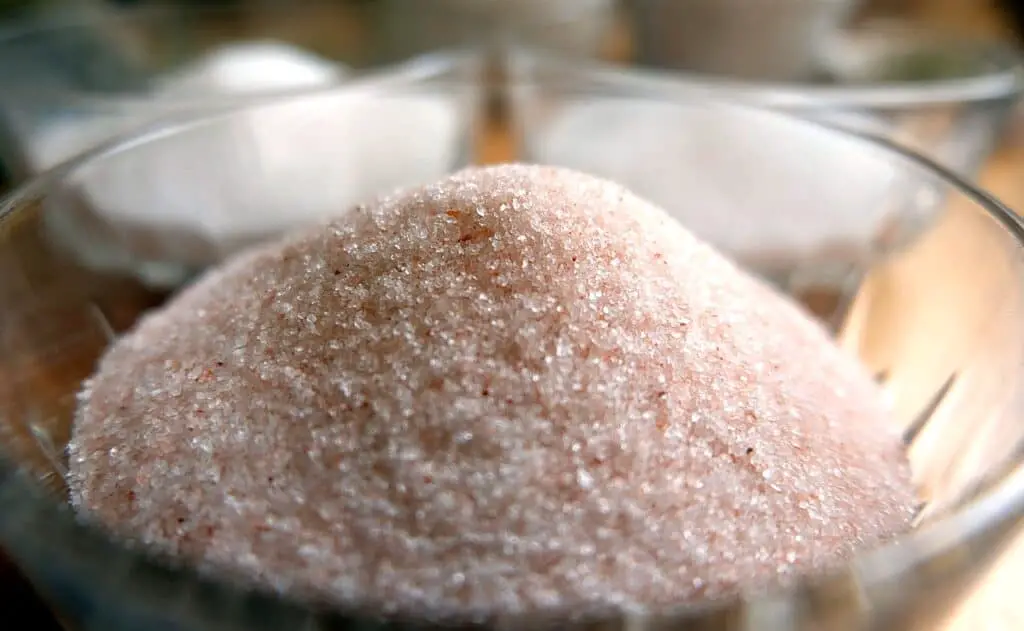
We have 5 basic tastes: salt, sweet, sour, bitter, and umami/savory.
Salt is a necessary part of the human diet and is best enjoyed when it’s balanced. Too much isn’t edible, and too little is barely noticeable.
What does salt do in cooking?
In its simplest form, salt intensifies flavor. Salt is a seasoning that can elevate bland foods and increase food’s natural flavoring. A dash of salt counteracts bitter tastes of brussel sprouts and olives. A little sprinkle of salt enhances sweet tastes of caramel or chocolate.
- Salt preserves meat, fish, dairy, etc. as a brine that prolongs the freshness of the food.
- In the processing of food, salt produces full-bodied cheeses and retaining moisture in processed meat (think sausage or ham).
- Salt enhances texture by making meats juicier and breads firmer.
In my opinion, salt is the ultimate utility player when it comes to food. Its uses are endless and the more you delve into the food world the greater you’ll appreciate salt.
Types of salt
Salt is an essential part of kitchens around the world, and be as diverse as the difference cuisines. Below are some of the most common types of salt you’re likely to find in an American kitchen, but it is by no means exhaustive.
- Table salt – the most common, finely grounded, often iodized
- Kosher salt – more coarse, larger crystals, dissolves quickly; great for cooking. Can see it when you sprinkle it on food
- Sea salt – salt from evaporated sea water. More coarse, contains more minerals and bolder flavor
- Himalayan salt – the purest form of salt, from the himalaya mountains, can be white to pink, very rich in minerals, very robust flavor
- Fleur de sel – “flower of salt” sea salt from tidal pools in france; very scarce and expensive, high mineral content/lower sodium content, finishing salt
How to use salt in cooking
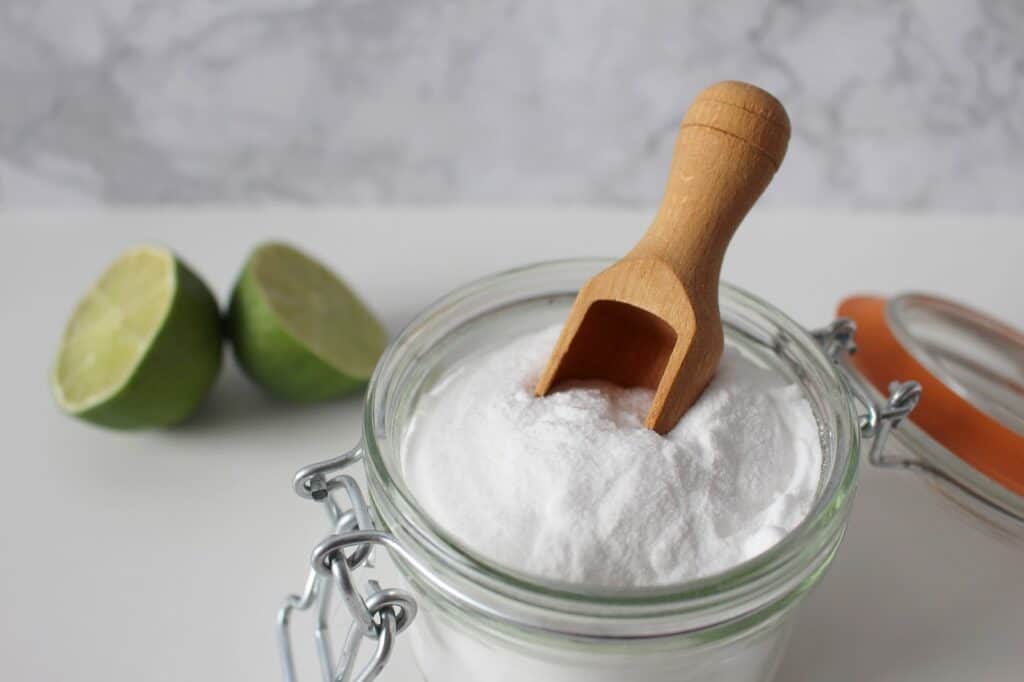
Before cooking:
Salting meat before cooking greatly increases the flavor and juiciness of that meat. Juices from inside the meat are drawn out to the surface to form a brine. The meat then absorbs the delicious brine.
The longer you salt the meat, the more flavor and moisture in your result.
Up to an hour before cooking, salt steaks and rest at room temperature. Up to 24 hours in the refrigerator, salt poultry and roasts.
Roasted vegetables benefit from a little olive oil, salt, and pepper before going into the oven and need very little additional seasoning to taste amazing.
During cooking:
The addition of salt to boiling water can have a huge impact on its contents. Adding salt to boiling vegetables speeds up the cooking process and doesn’t affect the nutrition content as much as you’d think (most of the salt gets washed down the drain rather than cooked into the veggies). When boiling starches, such as pasta, rice, or potatoes, heavily salted water improves the flavor. A dash won’t do much; 1-2 tbsp are recommended per pound of pasta.
After cooking:
None!
It’s not unheard of for people to salt their food regardless of how much salt was used in the cooking process. Samin stresses in her book that if food is properly salted before and during the cooking process, salting afterwards should be avoided! Only unrefined, finishing salts like the fleur de sel that we discussed earlier should be added after cooking.
Fat
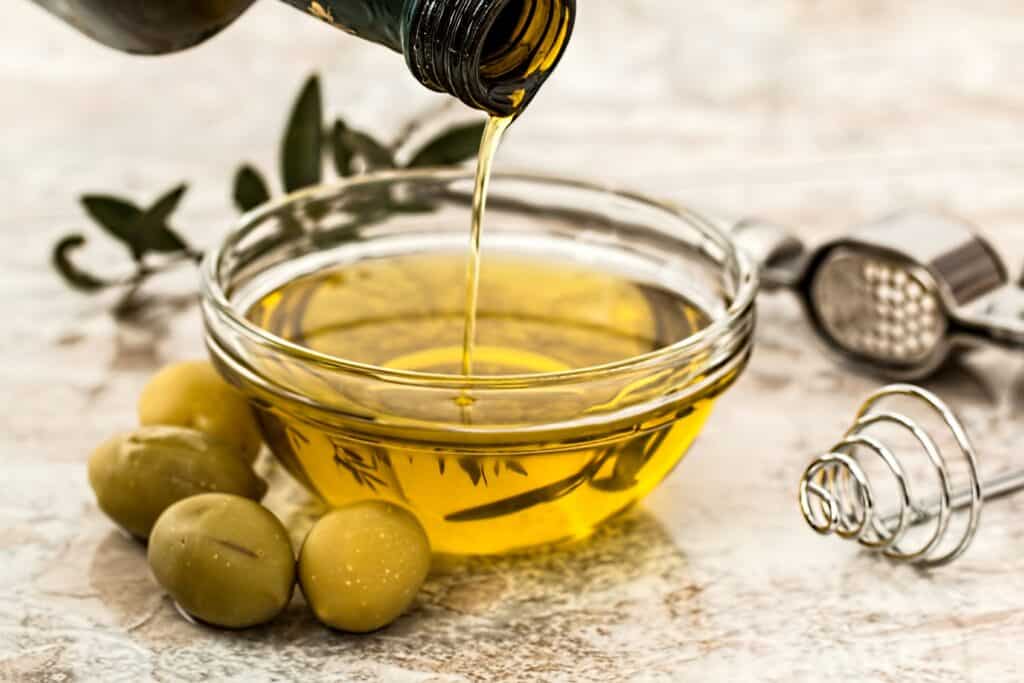
Fat delivers flavor and generates texture. Like salt, fat is a huge part of our diet and doesn’t necessarily have to be a “bad” thing. Fat is essential to our survival and plays a huge role in normal growth and development.
What does fat do in cooking?
Different kinds of fat should be used in different ways. A fat can be an ingredient, as a medium to cook other food, and as an addition to a dish after cooking to increase flavor.
Types of fat and their uses
- Ingredients (before cooking)
- Egg
- Butter
- Nuts
- Cheese
- Cream
- Cooking mediums (during cooking)
- Melted butter
- Oils (olive, canola, avocado, peanut, sesame)
- Animal fat
- Meal additions (after cooking)
- Avocado
- Sour cream
- Bacon pieces
5 textures of fat
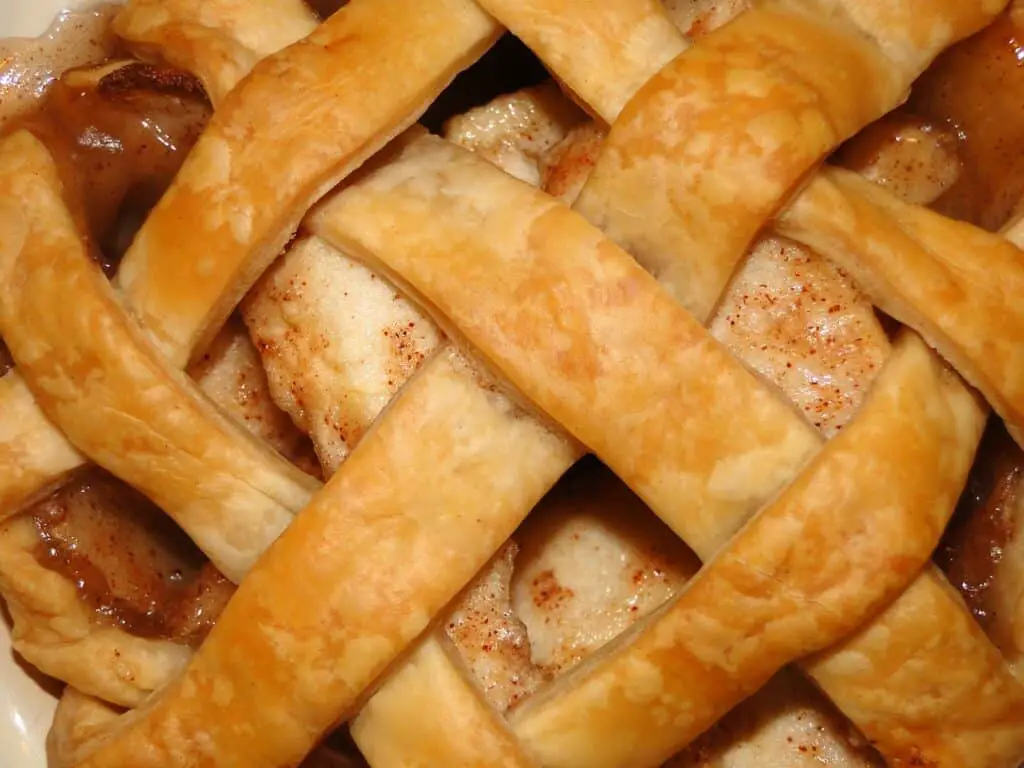
How fat is cooked greatly determines the texture of food. Samin notes 5 different food textures: Crispy, Creamy, Flaky, Tender, and Light. It’s insane to me that fat plays a role in ALL of these textures!
- Crispiness is achieved by using direct heat and fat as a cooking medium
- Sauteing veggies in olive oil or butter
- Creaminess is achieved by emulsions – thorough mixtures of fat and water
- Vinaigrettes, mayonnaise, chocolate
- Flakiness is achieved in dough by keeping butter and other ingredients/tools chilled
- Pie dough
- Tenderness is achieved in dough by incorporating fat into flour early in the cooking process
- Shortbread cookies
- Lightness is achieved by keeping butter cool and allowing air to incorporate into the mixture
- Whipped cream
Acid

Reknowned for balancing flavor, acid should complement the entire meal. Acid enhances flavors, but is not enjoyed by itself. The key is balance.
What does acid do in cooking?
Cooking with acid can affect the texture of food, tenderizing food if used properly. Uniquely, acid can also cause changes in the coloring of food due to chemical reactions.
Acid is a game-changer when it comes to cooking and often when it seems like something is missing from a dish, acids can save the day!
Types of acid
According to the pH scale, an acid is anything with a pH lower than 7. Water is neutral at 7, and everything above 7 is an alkaline, or basic. All of the common foods below range from 2-5, therefore, are acidic.
- Citrus
- Vinegar
- Alcohol
- Tomatoes
- Fruit
- Buttermilk
- Pickles
- Coffee
How to use acid in cooking
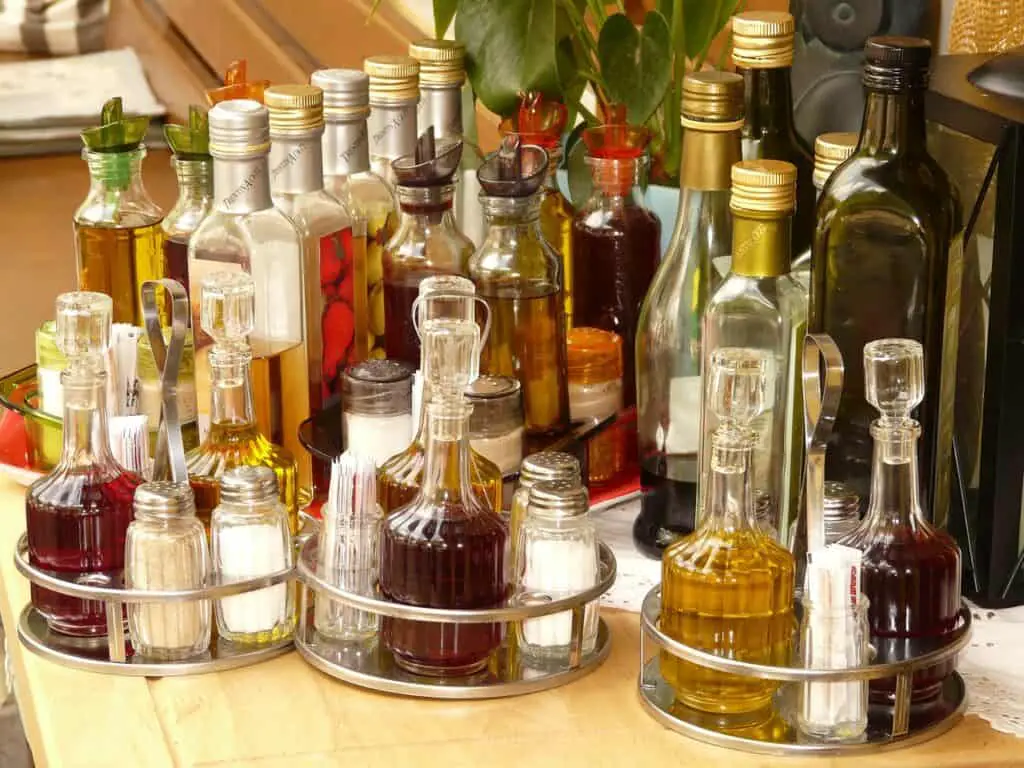
Before cooking:
Marinades with acids: Low-acidic marinades can tenderize meat and fish and greatly enhance flavor. Citrus juice, vinegar, and wine are commonly found in marinades and buttermilk is seen as the best for meat. When using these ingredients in marinades, it’s important to balance (our key word here 😉 ) the acids with a fat, such as olive oil. Too much acid will still tenderize meat at first, but then quickly toughens meat and is too harsh.
During cooking:
Cooking with acids: Combinations of fat and acid in a dish can create undeniable flavor. The fat mellows the tartness of acid, while the acid elevates the creaminess of fat. Acids can have a very strong taste and can be overpowering, so it’s important to find an acid that compliments the meal and will mix with the fat appropriately. Cooking wine or tomatoes can be added to sauces for a mild acidic flavor. Small additions of vinegar to meat, such as balsamic vinegar with chicken, can create a truly amazing, flavorful dish!
After cooking:
Garnishing with acids: A squeeze of a lemon or sprinkle of cheese are sometimes the perfect way to finish a meal. Often, the same acid used while cooking is also used to garnish, like diced tomatoes to top a pasta dish with tomato sauce, lemon juice or slices served over a bed of lemon chicken. Citrus is very acidic, so sliced as a garnish or squeezed lightly is all that is needed to make a meal pop. Cheese or condiments aren’t always used within the meal, but can provide a little extra tart flavor as a light topping, like feta cheese on a salad or dipping your fries in ketchup.
Heat
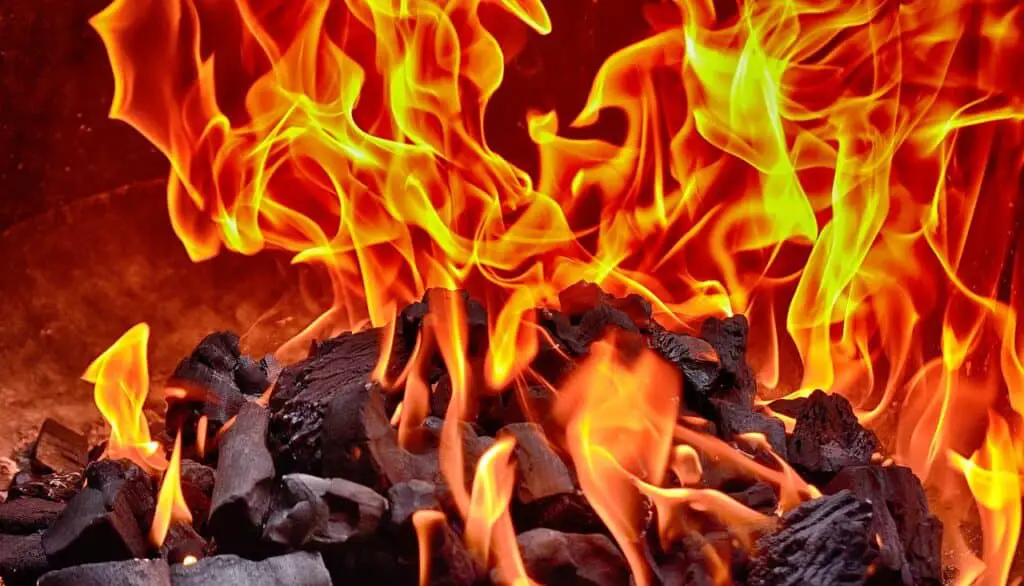
The process of heating food by use of an oven, stove, open flame, microwave, or more, is called heat transfer. Heat transfer is vital to cooking! It transfers the food to an enjoyable state, killing bacteria along the way.
What does heat do in cooking?
Depending on what you are making, the right amount of heat and time are needed to cook the meal properly. Stir fry veggies need high heat for a short amount of time, while hearty casseroles or roasts require a more mild heat for a lengthy amount of time.
3 methods of heat transfer
- Conduction: Heat transfer through direct contact, and the slowest method of heat transfer. A stove heats a pan on a burner, and the pan heats the food within it. This method heats food from the outside in and is best for cooking steak or fish (where you want the exterior to be cooked more than the interior).
- Convection: Heat transfer by combining conduction and circulation of molecules through the air.. Conduction heats molecules near the bottom and then circulate to the top of the food. A convection oven heats air with its burners, and then has a fan that blows the hot air all around the food for quicker cooking.
- Radiation: Heat transfer in which heat and light waves penetrate food. Microwaves strike food with waves, causing the water in the food to vibrate and release heat. This method works best for smaller portions of food and is the fastest method of cooking.
How to use heat in cooking
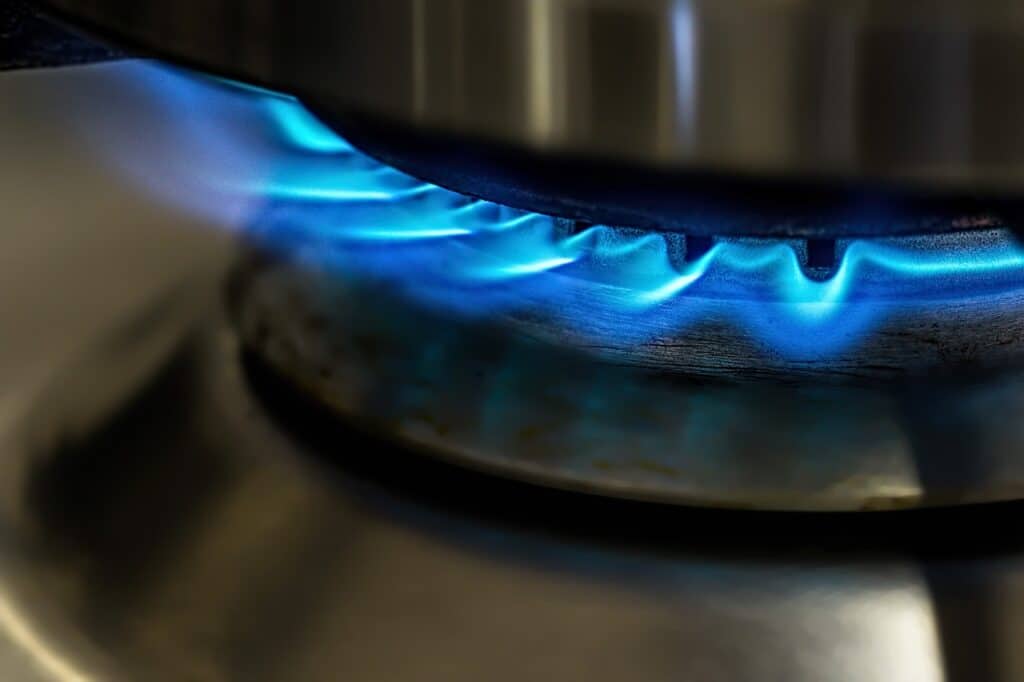
Before cooking:
You don’t really use heat before the cooking process begins since heat in essence cooks food. But the lack of heat is important here. For even cooking of meat, for example, you want to bring meat to room temperature for upwards of 30 minutes before adding it to heat. Controlling the temperature of meat before, during, and after the cooking process is essential to produce the most amount of flavor.
During cooking:
Heat affects food differently. Look at what types of food you are using and determine what type of heat and time are needed to cook it to its best.
- Proteins grow firm at low temperatures, turning a runny, raw egg into a scrambled egg.
- Starches grow soft at low temperatures and continue to get softer with more time, such as hard pasta and potatoes absorb liquid and turn soft in boiling water.
- Sugars caramelize: with heat, sugar browns and changes its flavor, such as with the extended amount of heat and time needed for caramelized onions
After cooking:
A few brief touches of intense heat can brown food to create an even richer flavor. Finishing off a signature torched creme brulee by burning the top of the creme to create the caramelized topping. Broil a dish topped with cheese to turn it into a deep gooey brown color. Finishing a steak under a broiler can add even more crispiness and flavor.
Pin me!
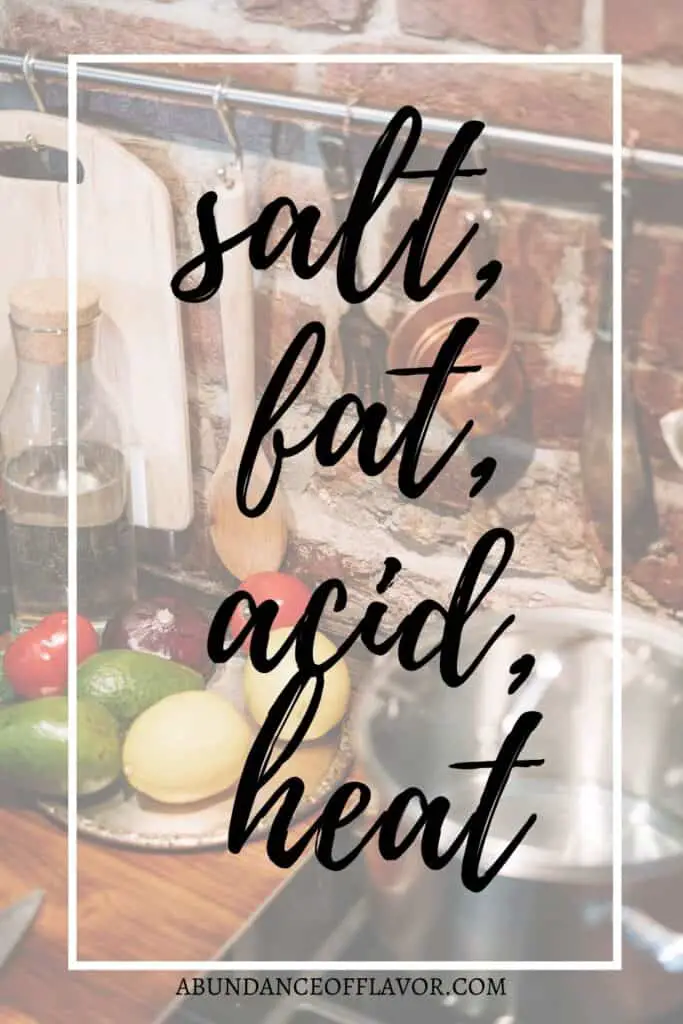
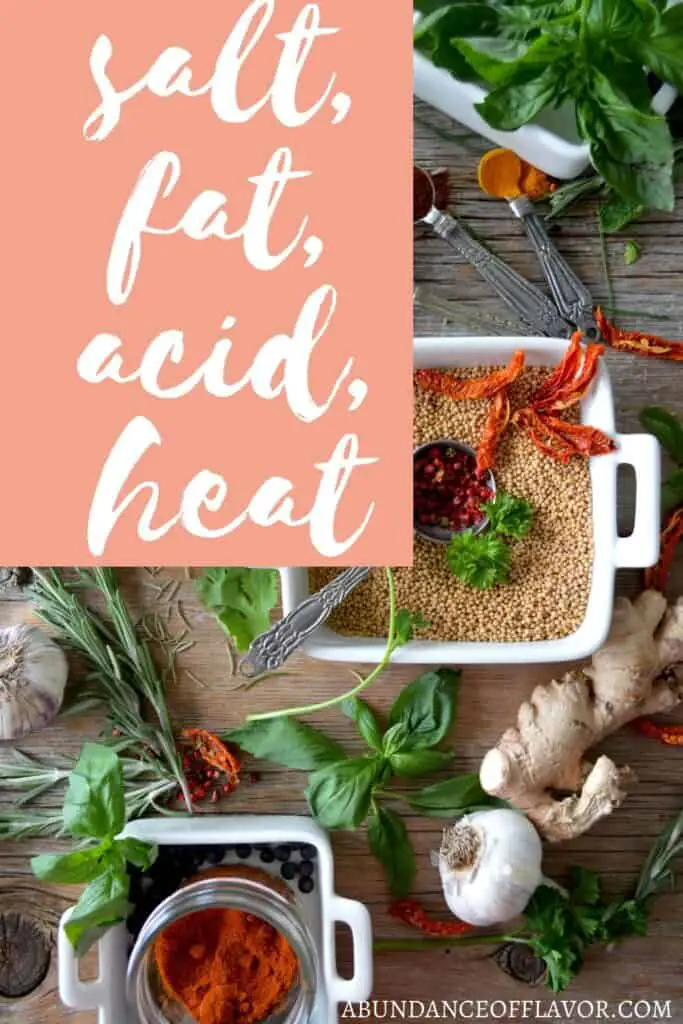

Mastering the elements of Cooking
Grab an apron and Samin’s book, and get cooking! Taking the time to learn a little bit of science behind cooking will help you understand recipes better and improvise beyond what’s on the page. Being able to rely on your taste of the meal and knowledge of cooking will allow you to elevate your dishes to new heights.
****UPDATE Alert! Test out your new skill with this recipe for crispy Persian rice with Tahdig!



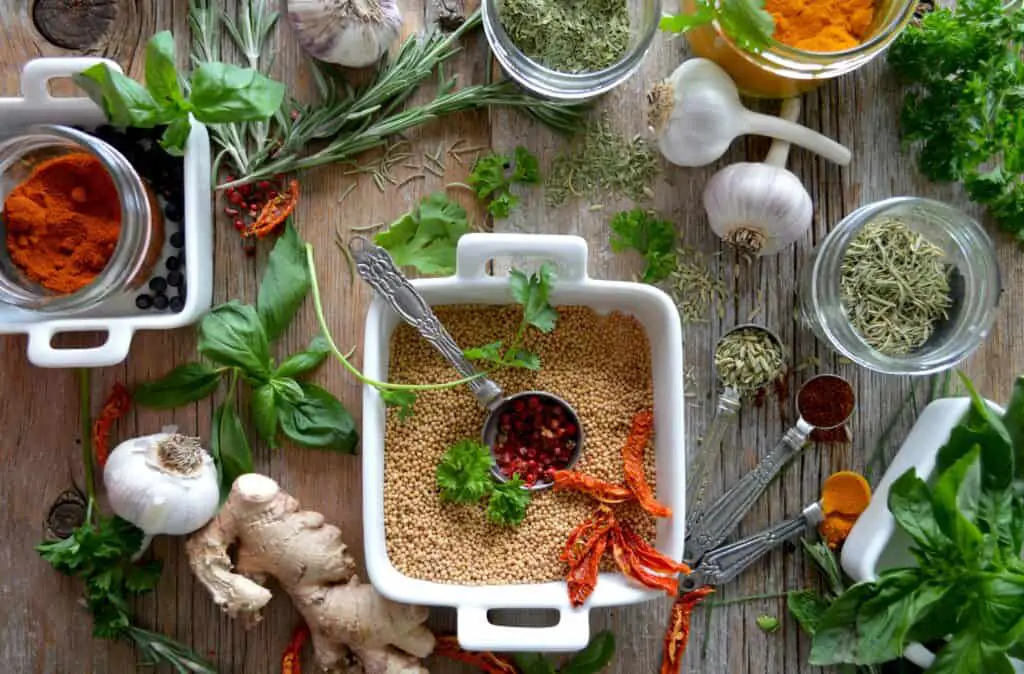
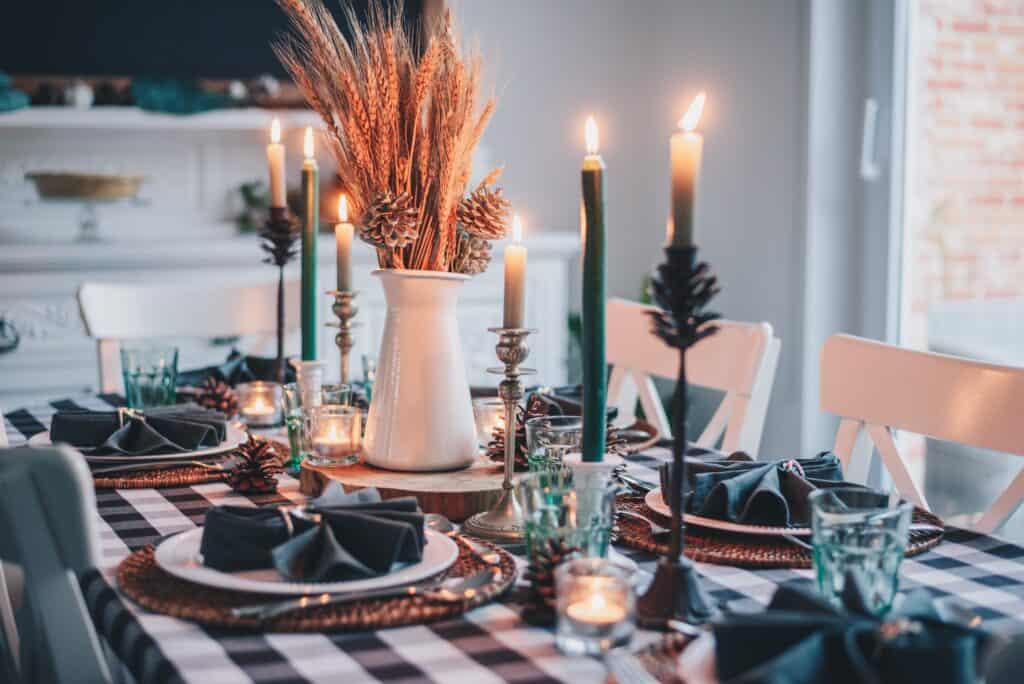
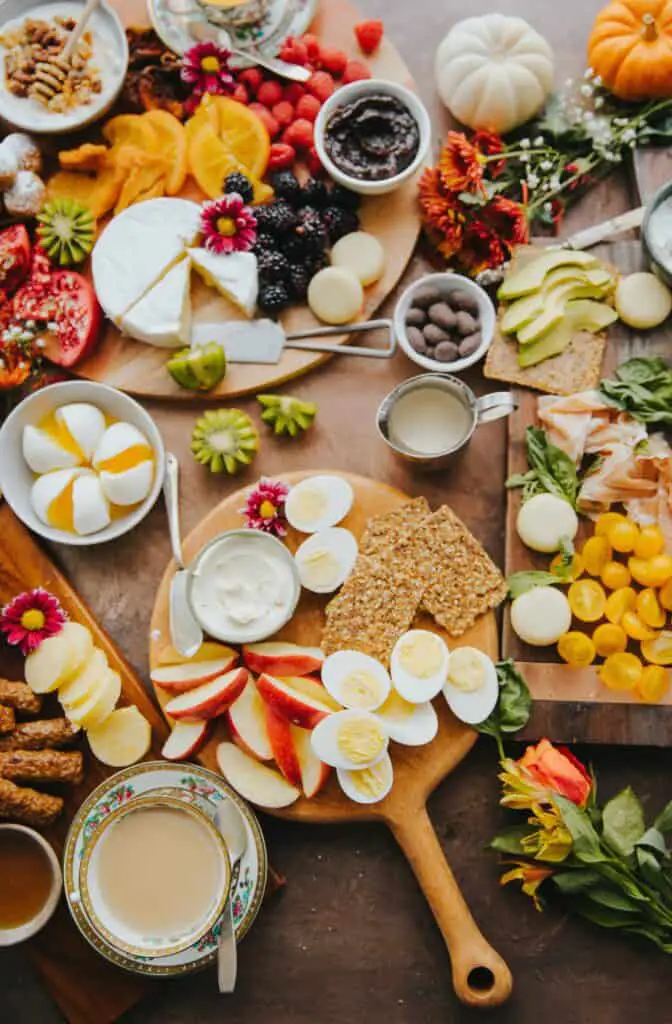

This is so interesting! I confess to never really thinking about all these different elements when I cook – going for the “chuck it all in” is my approach at the moment! This will be great for thinking more about the science and theory behind my meals – thanks for sharing!
It’s so interesting! I devoured the book and took away so many helpful tidbits
AMAZING POST! . Such a great guide even for skill chefs!. We will definetely keep it in our handy texts!
thank you so much! I too found this info SO helpful and allows me to actually understand my recipes better
Great post, I really enjoyed the documentary on Netflix!
YES that is where I first fell in love with Samin!
I must admit, when cooking I’ve never really thought about the elements that actually go into creating a great dish. Thank you for sharing an indepth look at the 4 elements!
Thanks so much! I find it so very helpful to understand the “why” behind choices in cooking
This is such an insightful and interesting post to read. I’ve never thought about it in this way before, its just something that is there.
I can totally relate! I just took the recipes at face value without ever understanding why or how all the parts interacted. Thanks for your comment!
I have only recently learned how to cook and this was very helpful! I never realized there was so much variety in cooking.
Thanks so much, I’m glad it was helpful! It’s amazing how different combinations of these 4 elements can create an endless amount of meals
As someone who loves cooking I found this post really interesting. Thanks for sharing!
That’s so great to hear, thanks so much! I really encourage you to check out the book and documentary on netflix if it’s available for you!
This is really interesting. I was never taught how to cook and just figured it out along the way. It’s interesting to see how salt, fat, acid, and heat alter the ingredients to create something so delicious.
It’s amazing to me as well! Who knew these 4 elements had such a profound impact!
For me salt is everything, no matter how much spice and herbs you add, without salt the taste is still bland. Thank you for the overall guide to cooking
Thank you for your comment! Previously I just thought salt was bad and I should limit it’s use in my meals, but Samin’s work has really opened my eyes to how essential salt is!
This is an excellent post. It wasn’t until a few years ago that I understood the importance of cooking with fats and salt. Prior to that I only knew of them as unhealthy. I wish I had read a post like this 20 years ago!!!
I completely agree!! My parents drilled into me that salt was bad and to limit salt, but this info really helped open my eyes at home salt can affect your food in amazing ways!
Amazing post! There’s always something new to learn in cooking and it never ceases to amaze me all the elements that go into cooking. My next step is to stop being lazy and actually cook 😂
Haha I feel you on that one! Takeout is just SO convenient!! I hope you’re able to put those cooking skills to use soon😉
I learned SO much in this one post about the science of cooking than I ever did while I actually cook. Thank you so much for this post, makes me realise we don’t appreciate the art of cooking well enough xx
This was so interesting to read – I never really think about this in detail when I’m cooking, and I had no idea about all the different salts either! Lisa
It’s amazing! I had always just used table salt and had no idea of the big variety and its uses. Thanks for commenting!
This is so insightful.
Thank you so much!
Very informative post. Thanks for sharing!
Thank you for your comment!
Never thought of these, I never knew salt, fat acid, heat Are element of cooking, am still learning how to cook thank you for sharing.
Of course, thank you for your feedback! I’m always learning and can’t wait to try out different combinations of salt, fat, and acid in future recipes!
Very nice blog. Really enjoyable read.
Thank you so much, I appreciate your feedback 🙂
I constantly forget to salt and pepper to anything I’m cooking. I should really start learning how to use butter milk more, as I hate chewy meat
I’m reallyyy bad about not using the basics of salt and pepper, but they are so essential!
Pingback: Crispy Persian Rice with Tahdig - Abundance of Flavor
Now this is a great article! I love to cook and this was filled with useful information for me. Thank you sincerely for this fascinating read – I am saving it for future reference too!
Aww thank you so much for your kind words! I found all of it extremely useful and I’m glad I can share it with everyone!
Great post! I loved the show but I never knew there was a book. Thanks for the tips!
Thank you! You have to check out the book! It’s filled with knowledge and tons of great recipes
I never thought of all of these elements to cooking. I just cook 👩🍳. But, good to know some of the reasons why and how these three things play a part in every day cooking.
Me too! I just follow the recipe and taste test😂 I found it really helpful to understand how all of these factors interact
Hi Kelin, retweeted your post because it deserves. And it’s not like cut, copy and paste kind of. I am a food lover and nice to meet you.
Thank you so much! I appreciate your support 🙂
Pingback: Sauteing Vegetables - Basic Cooking Skills - Abundance of Flavor
Pingback: Roasting Vegetables - Basic Cooking Skills - Abundance of Flavor
Pingback: Marinating Meat - Basic Cooking Skills - Abundance of Flavor
Pingback: Sauteing Meat, Poultry, & Seafood - Basic Cooking Skills - Abundance of Flavor
Pingback: Seasoning with Herbs and Spices: The Do's & Don'ts - Abundance of Flavor
Pingback: Simple Whole Roasted Chicken - Abundance of Flavor
Pingback: Cooking Pasta - Basic Cooking skills - Abundance of Flavor
Pingback: Boiling Potatoes - Basic Cooking Skills - Abundance of Flavor